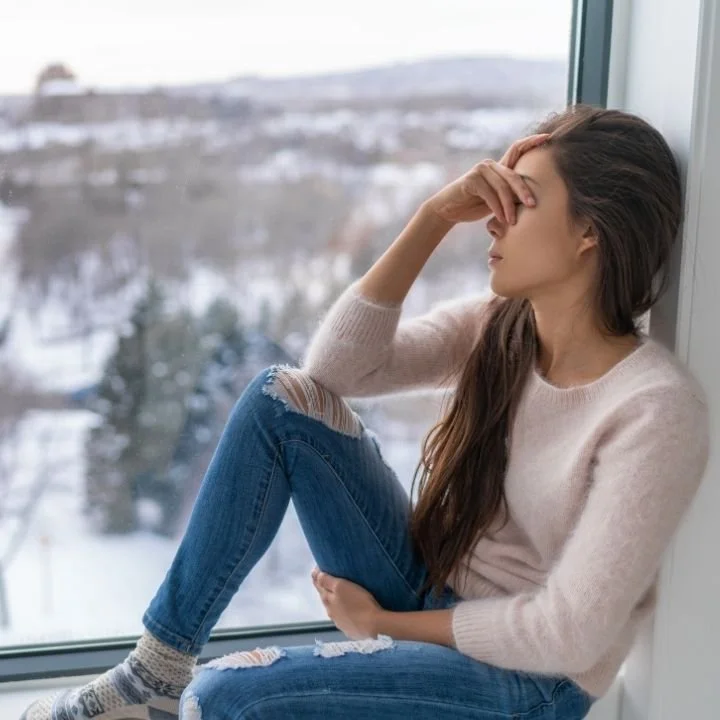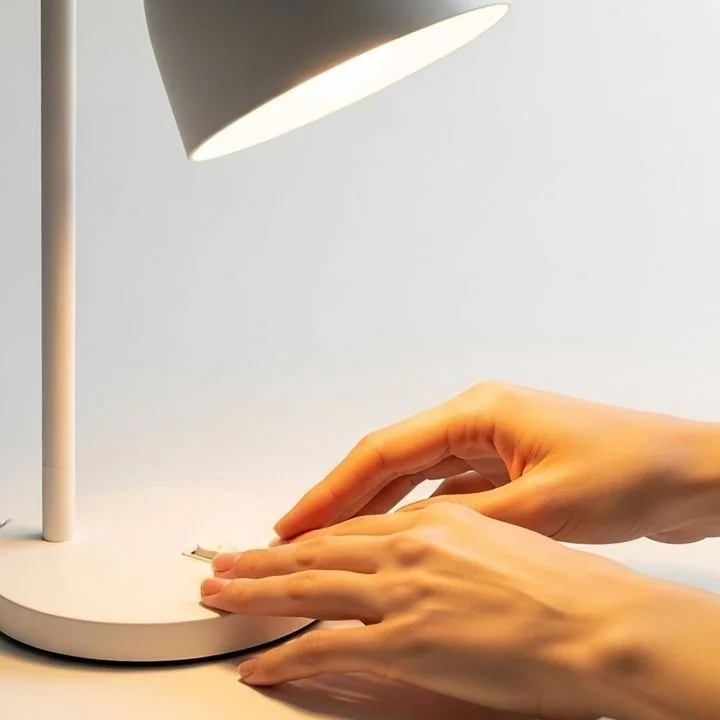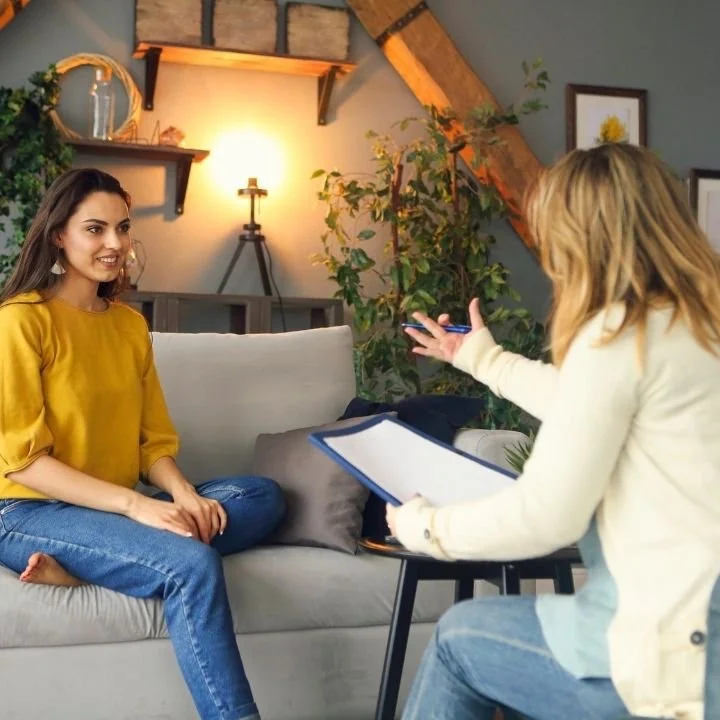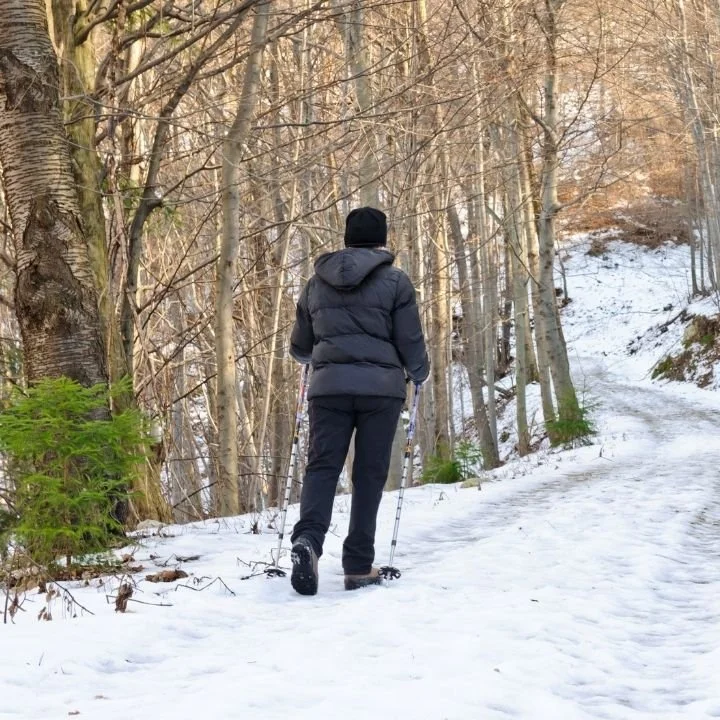The Role of Therapy for Seasonal Affective Disorder in Overcoming Winter Depression
Winter doesn’t just bring cold weather. It can drain your energy, lower your mood, and make daily life feel heavier than it should. Many people feel this shift every year like clockwork.
For some, it becomes months of fatigue, disrupted sleep, irritability, and a sadness that doesn’t lift. Work feels harder. Relationships feel strained. Even simple routines take more effort than they should.
This is where therapy for Seasonal Affective Disorder matters. You need more than seasonal “tips” when the same symptoms return every winter.
With years of helping clients manage SAD, I’ve seen how targeted therapy can restore clarity, lift mood, and bring steadiness back into the colder months. In this blog, we’re going to break down how therapy helps stabilize your mood, restore energy, and ease the emotional weight the season brings.
Understanding Seasonal Affective Disorder
Seasonal Affective Disorder goes far beyond a simple seasonal mood shift. Symptoms begin as daylight drops in late fall and often ease again when spring brings longer, brighter days. Around 5% of U.S. adults experience SAD, with even higher rates in northern states where winter light is limited.
What Happens in the Body and Mind with SAD?
SAD develops through shifts in the brain and body triggered by reduced sunlight. These changes affect mood, sleep, and daily energy in predictable ways:
Disrupted circadian rhythm: Less sunlight throws off the body’s internal clock, making it harder to maintain stable sleep-wake cycles.
Melatonin imbalance: Longer darkness boosts melatonin, leading to oversleeping, grogginess, and slowed energy.
Reduced serotonin: Lower light exposure decreases serotonin, making mood regulation more difficult.
Genetic and environmental factors: Family history, location farther from the equator, and biological sensitivity can increase vulnerability.
Why Support for Seasonal Affective Disorder Matters
Therapy helps by addressing the biological, emotional, and behavioral changes linked to SAD. It eases current symptoms and also teaches you tools to reduce the chance of future episodes.
Reaching out for support early can interrupt the yearly cycle and help you feel steadier, clearer, and more grounded through the winter months.
Let’s take a closer look at therapies that often make a significant difference for SAD.
1. Bright Light Therapy
Bright light therapy is one of the most reliable treatments for Seasonal Affective Disorder because it works directly with the biological changes caused by reduced winter sunlight.
A 10,000-lux lightbox is used each morning to mimic natural daylight and help reset your internal rhythm. Research involving more than 1,000 participants shows that bright light therapy significantly improves symptoms of Seasonal Affective Disorder.
Some of the effects include:
Reducing excess melatonin that contributes to morning grogginess
Supporting serotonin activity to lift mood and energy
Helping regulate the sleep–wake cycle disrupted by shorter days
Most people sit about 20–24 inches from a UV-free device without looking directly at the light. Mild headaches or eye strain can appear early on but usually settle quickly. People with retinal conditions or those on photosensitive medications should speak with a provider before starting.
2. Cognitive-Behavioral Therapy
Cognitive-behavioral therapy for Seasonal Affective Disorder (CBT-SAD) helps address the thoughts and habits that make winter depression feel heavier. While light therapy supports the body, CBT-SAD supports the mind, giving people practical tools to manage the emotional and behavioral shifts that tend to appear during darker months.
CBT-SAD helps ease winter depression by addressing the thoughts and habits that make seasonal mood changes harder to manage. It’s a short-term therapy, usually completed over several weeks, and focuses on building skills you can use every winter.
Core parts of CBT-SAD include:
Reframing negative winter-related thoughts
Adding meaningful activities back into your routine
Learning relapse-prevention strategies
Research shows CBT-SAD works as well as light therapy in the moment and may offer stronger long-term protection, with fewer people relapsing in later winters. It’s a helpful option for those wanting lasting tools and a non-medication approach.
Combining Therapies for Stronger Relief
Some people improve faster when bright light therapy and CBT-SAD are used together. Early clinical trials from Rohan and colleagues reported remission rates of about 73% during active treatment, especially among individuals with more severe symptoms.
Long-term results depend on consistency. Without ongoing support, the benefits may fade as routines become harder to maintain.
Because of this, combination therapy is most helpful for individuals who don’t fully improve with one treatment alone or need stronger support during difficult winters.
3. When Medication Becomes Part of Treatment
Sometimes therapy for Seasonal Affective Disorder needs additional support, especially when symptoms feel too heavy to manage on their own. In these cases, clinicians may recommend antidepressant treatment as part of a broader care plan.
Medication for SAD works by supporting mood-regulating systems affected by reduced sunlight. It can help ease fatigue, low motivation, and persistent sadness so that therapeutic work becomes more manageable.
Medication may be considered for people who:
Experience severe or disabling symptoms
Haven’t improved enough with light therapy or CBT-SAD
Are living with another mood-related condition that worsens during winter
While not the first step for everyone, it can be a meaningful part of healing for those needing additional support.
Emerging and Alternative Therapies for SAD
These newer or complementary approaches may help ease seasonal depression alongside standard treatments:
Dawn Simulation: Dawn simulation devices gradually increase light intensity in your bedroom before awakening, mimicking a natural sunrise. This is helpful for easing morning fatigue and improving wake-up routines.
Exercise and Outdoor Activity: Boosts serotonin and endorphins. Even short daylight walks can lift mood and energy.
Vitamin D Support: Useful when deficiency is confirmed. Evidence for SAD relief is mixed but may support overall health.
Neuromodulation Treatments: Uses targeted brain stimulation for severe or persistent symptoms. Considered when other therapies aren’t enough.
These options can add support during the winter months and blend well with core treatments like bright light therapy or CBT-SAD.
Practical Strategies for Making Therapy Part of Daily Life
Integrating treatment into everyday routines can make SAD management feel more natural and sustainable. These simple strategies can help:
Use light therapy during your morning routine, such as while eating breakfast or having coffee.
Set reminders on your phone to stay consistent with therapy sessions or light exposure.
Connect CBT-SAD tools with daily habits, like practicing reframing techniques during a walk or while journaling.
Join a support group to gain encouragement and shared understanding from others who relate.
Pair light exposure with outdoor movement when weather allows, giving your mood an extra lift.
These small adjustments create steady momentum and make it easier to stay engaged in the practices that support your well-being throughout winter.
Moving Through Winter with Support and Care
Seasonal Affective Disorder can make winter feel heavy and overwhelming, but there are effective therapies that genuinely help lift those symptoms. Options like bright light therapy, CBT-SAD, and newer treatments offer real pathways toward steadier mood and renewed energy.
Your experience with SAD is unique, and the right approach depends on what your mind and body need most. If winter depression returns each year, connecting with a mental health professional can be an important step toward finding balance again.
Bracing yourself for winter every year can be exhausting. With the right support, brighter days can feel closer than you think. If you feel ready, contact us today and take a meaningful step toward feeling lighter this season.
Frequently Asked Questions
What is Seasonal Affective Disorder (SAD)?
Seasonal Affective Disorder (SAD) is a type of depression that follows a seasonal pattern, most often occurring in fall and winter. Symptoms include persistent sadness, low energy, oversleeping, and carbohydrate cravings. SAD is more than just the “winter blues” and can significantly impact daily life.
What are the most effective treatments for SAD?
The most effective treatments for SAD include bright light therapy, cognitive-behavioral therapy tailored for SAD (CBT-SAD), and antidepressant medications. Light therapy is often the first-line treatment, while CBT-SAD helps prevent recurrence. Combining therapies can be especially helpful for severe symptoms.
How does bright light therapy work for SAD?
Bright light therapy uses a special lightbox that mimics natural daylight, typically at 10,000 lux for 30 minutes each morning. This exposure helps reset the body’s internal clock, boosts serotonin, and reduces melatonin, leading to improved mood and energy within days for many people.
Can therapy for SAD help prevent future episodes?
Yes, therapy for SAD, especially CBT-SAD, can help prevent future episodes by teaching coping skills, challenging negative seasonal thoughts, and promoting healthy behaviors. Studies show CBT-SAD is more effective than light therapy alone at reducing recurrence rates over time.
Are there side effects to SAD treatments?
Most SAD treatments are safe, but side effects can occur. Light therapy may cause mild eye strain or headaches, while antidepressants can lead to nausea or sleep issues. CBT-SAD has minimal side effects. Always consult a healthcare provider to choose the safest and most effective treatment for your needs.







